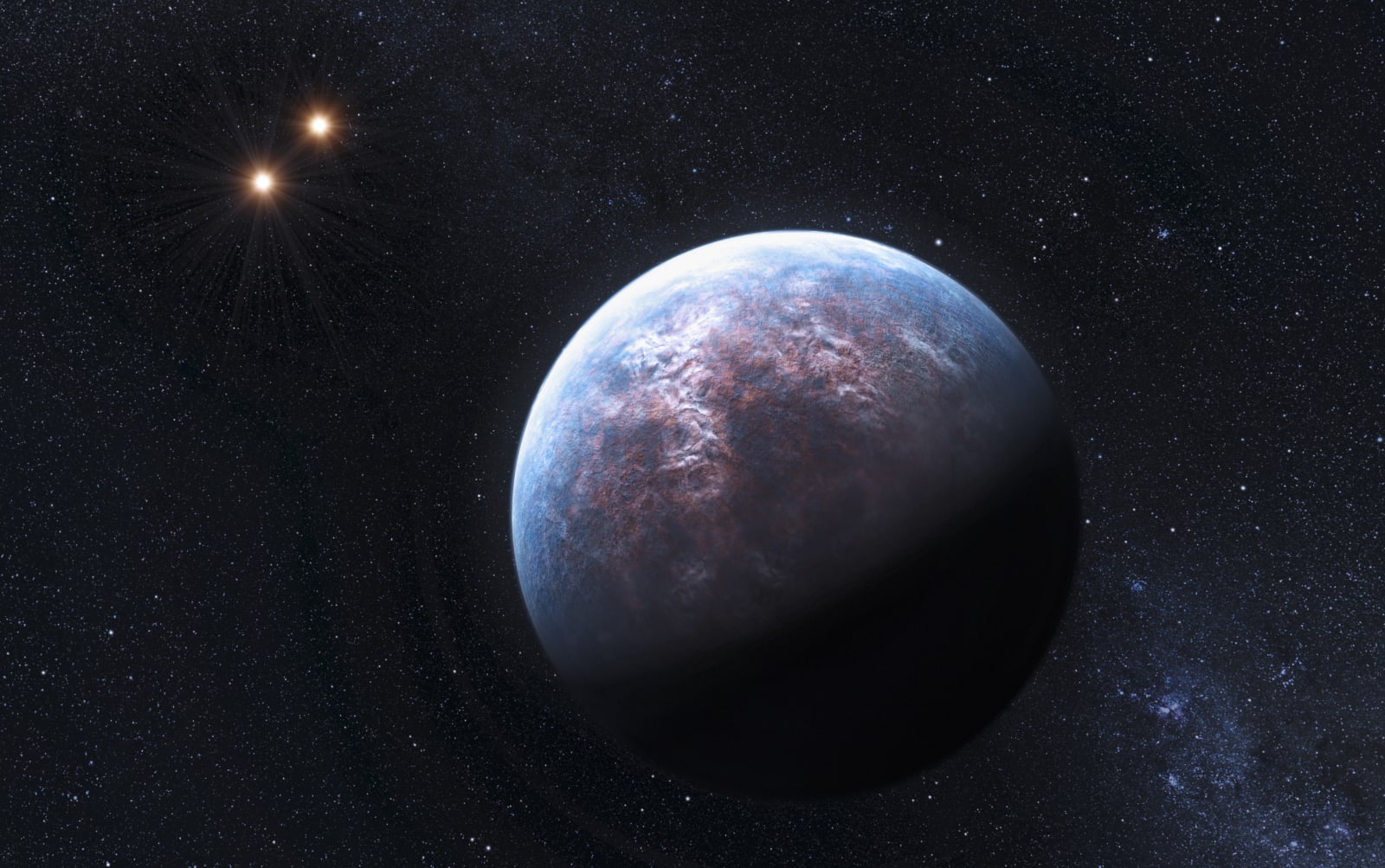When most people hear the word “drone” they either think of uncrewed military aircraft or those multi-rotor mini-copters that could one day deliver packages to your doorstep. But what if the package is the plane? That’s the idea behind the Aerial Platform Supporting Autonomous Resupply Actions drone, a cardboard glider that carries about two pounds of cargo.
Cardboard is the first step on the path toward drones that degrade quickly and completely. The Apsara’s final design actually calls for a mushroom-based material called mycelium, which Simpson says should decompose in a matter of days, not months. The next trick: Make the drone’s electronics disappear. Today, the Apsara uses a GPS unit and two wing-flap motors to bring it within 50 feet of a preprogrammed landing spot, but Darpa has another project devoted to ephemeral electronics that could soon allow it to leave almost no trace.
That’s important. The Apsara is designed to be deployed by the hundreds or thousands, to deliver supplies during a humanitarian crisis, or in a battle’s aftermath. For security and ecological reasons alike, the last thing anyone wants is a landscape covered in drone bits.
Credits:
https://www.wired.com/2017/02/brilliant-drone-thatll-deliver-medicine-rot-away/?mbid=social_twitter
https://www.wired.com/2017/02/brilliant-drone-thatll-deliver-medicine-rot-away/?mbid=social_twitter



